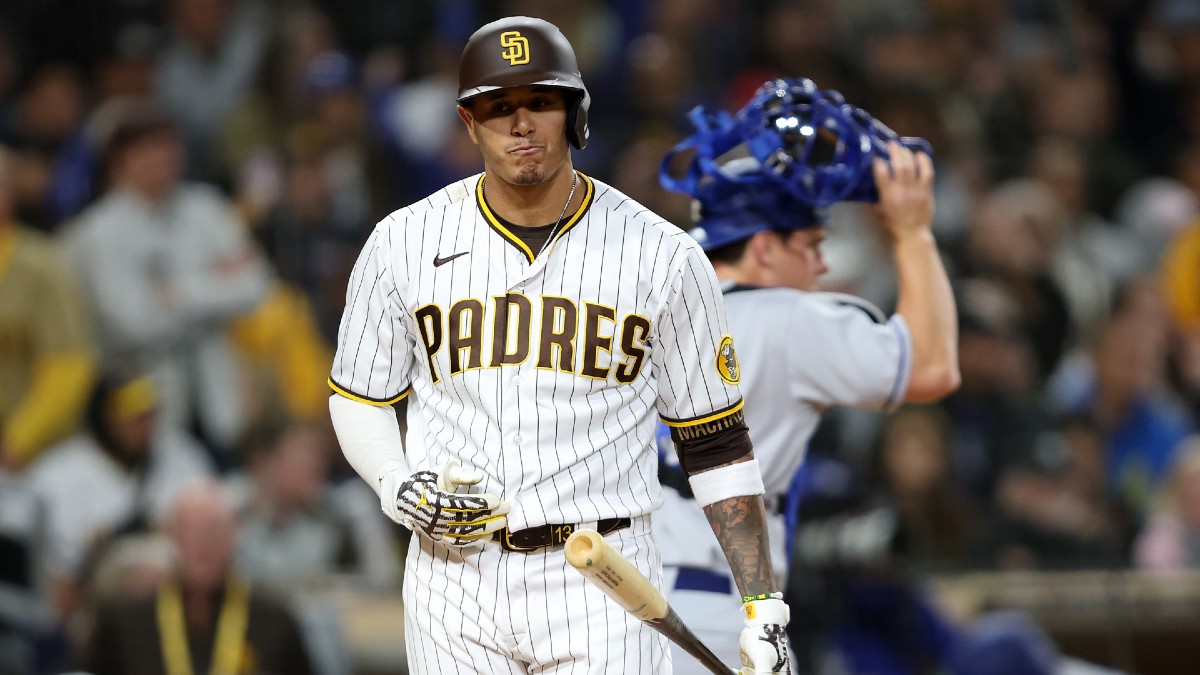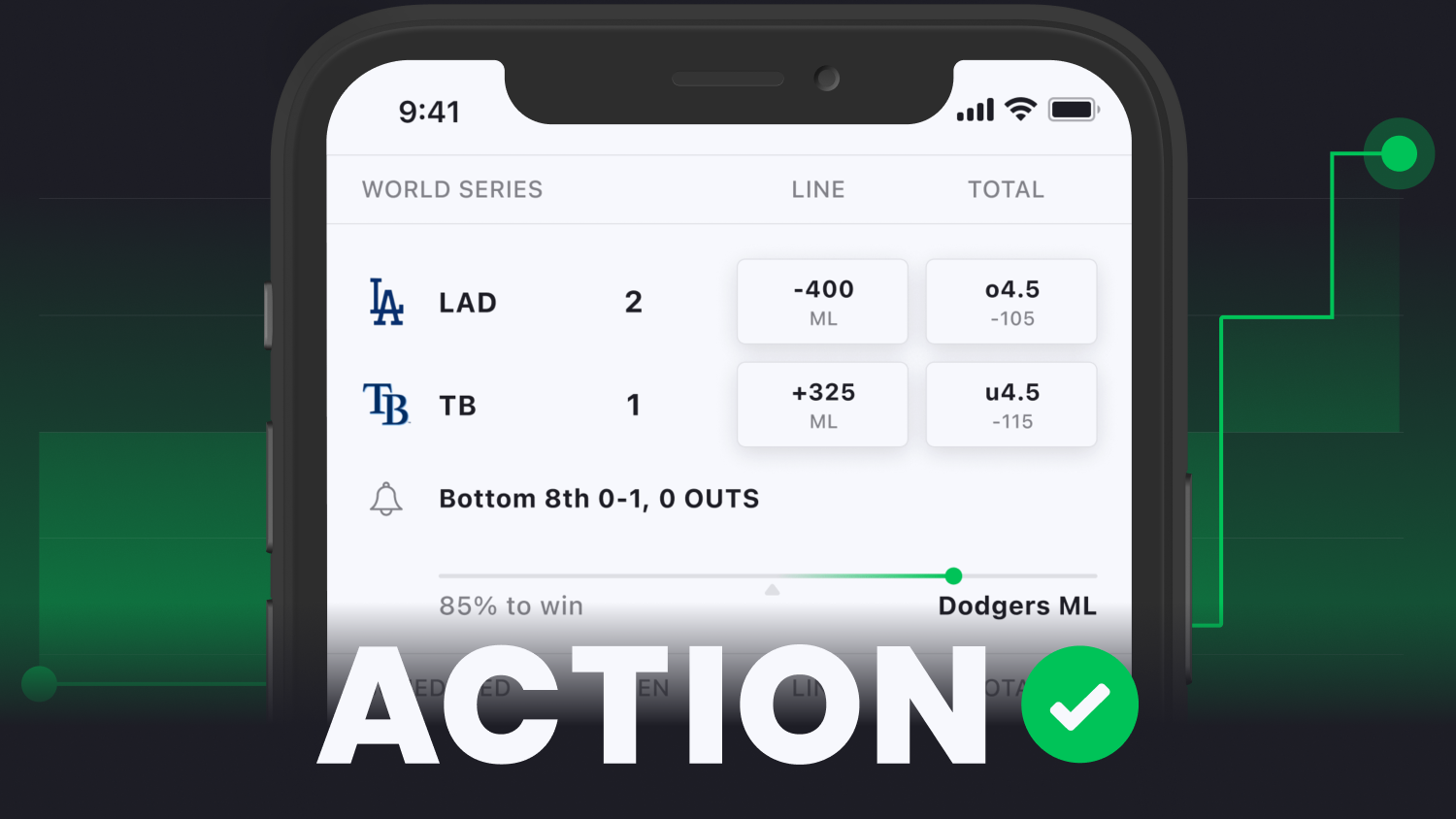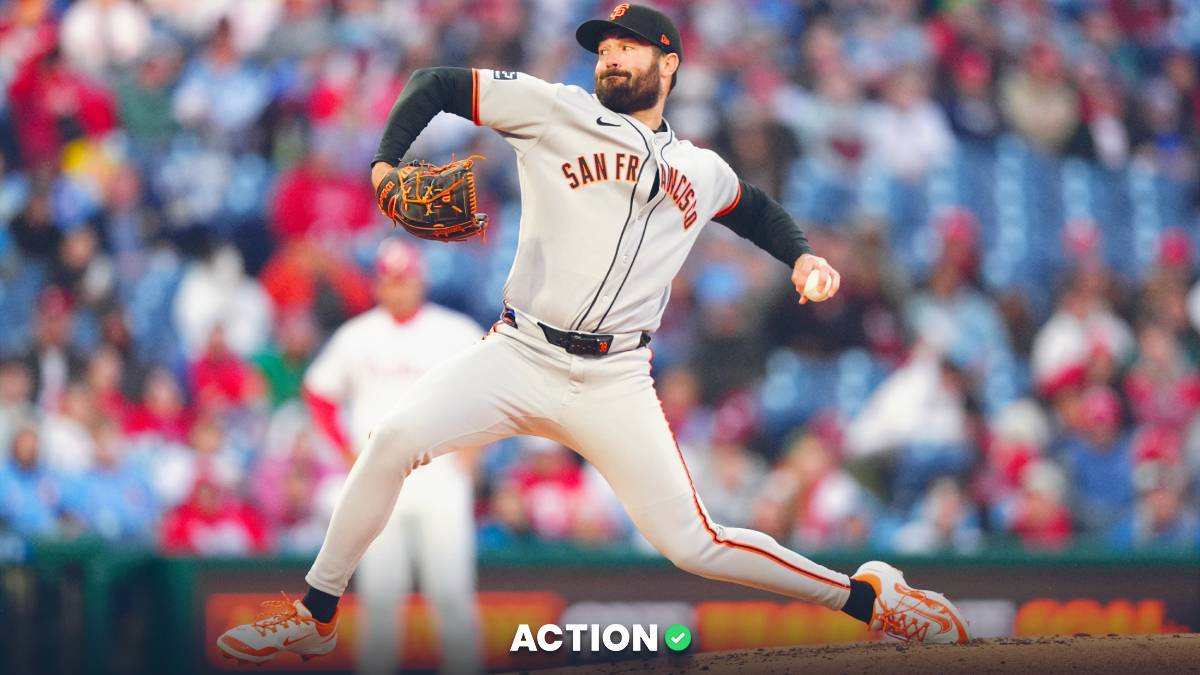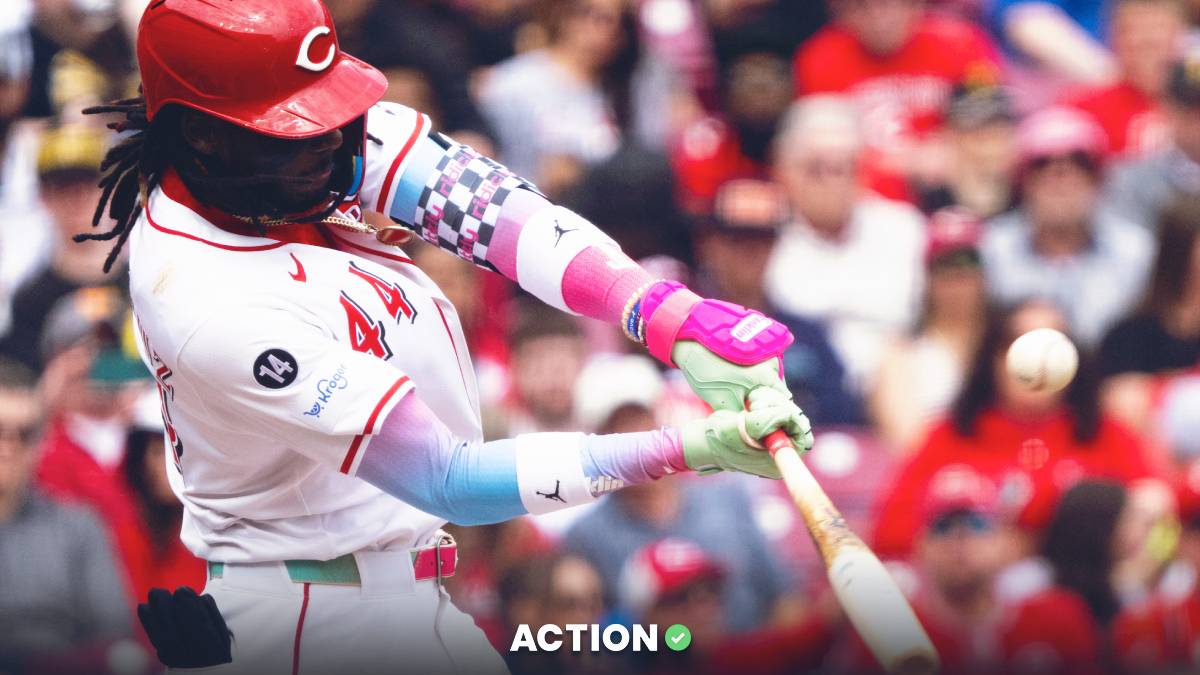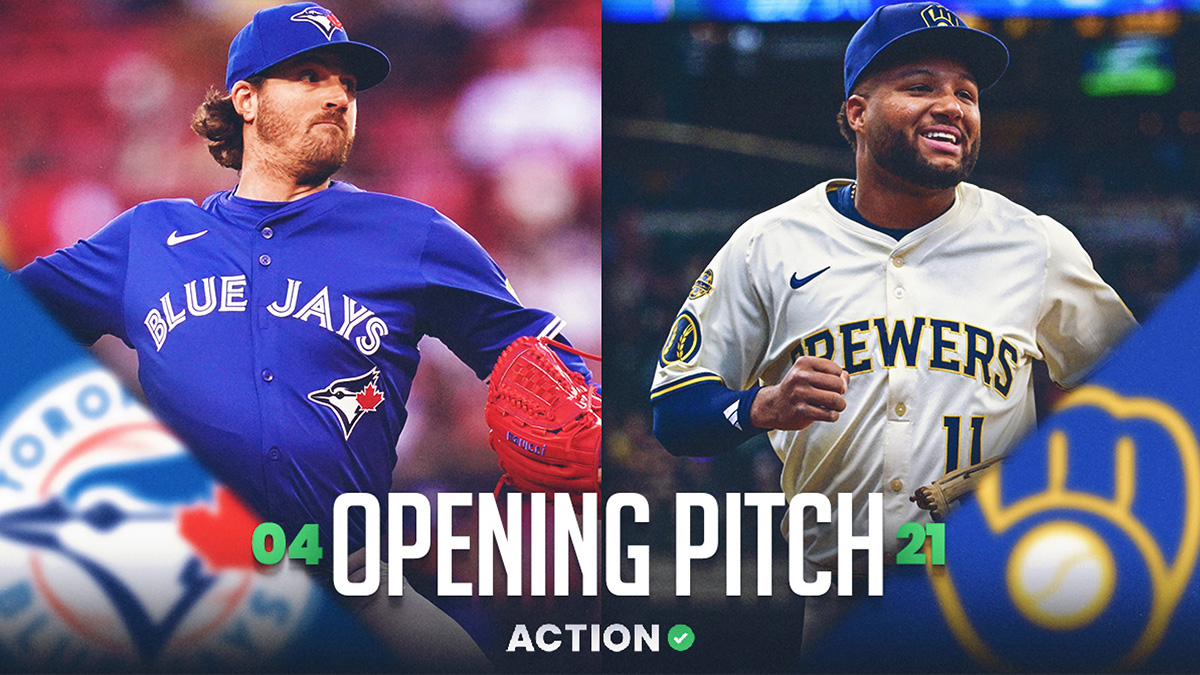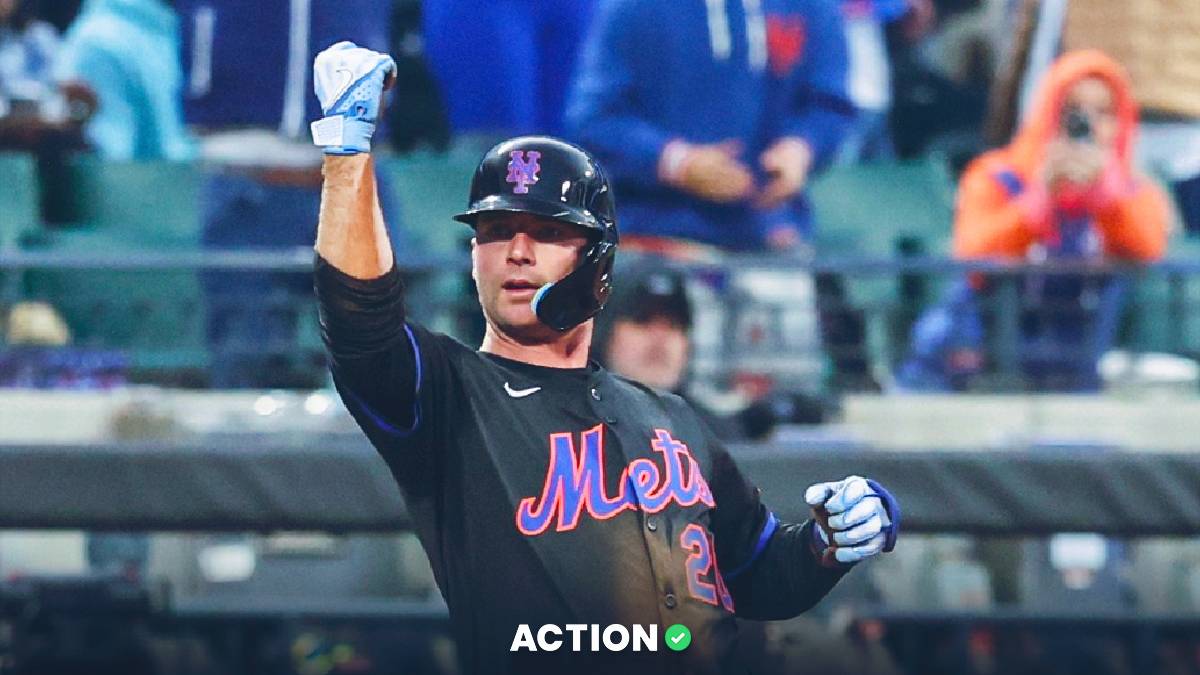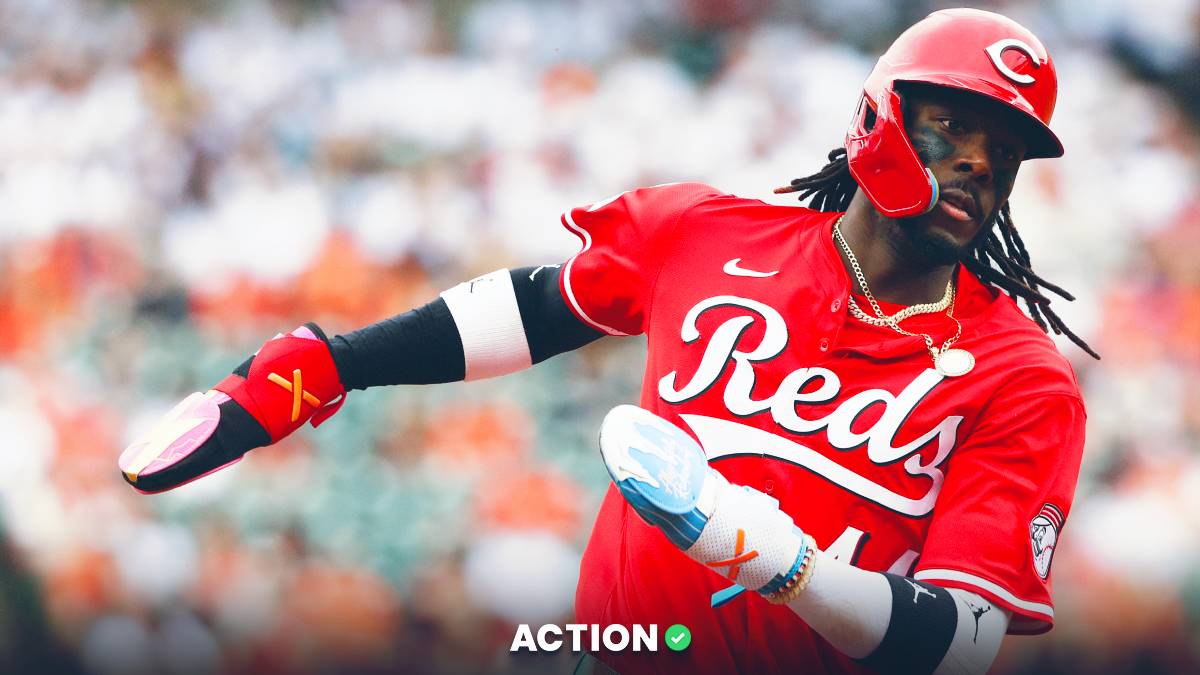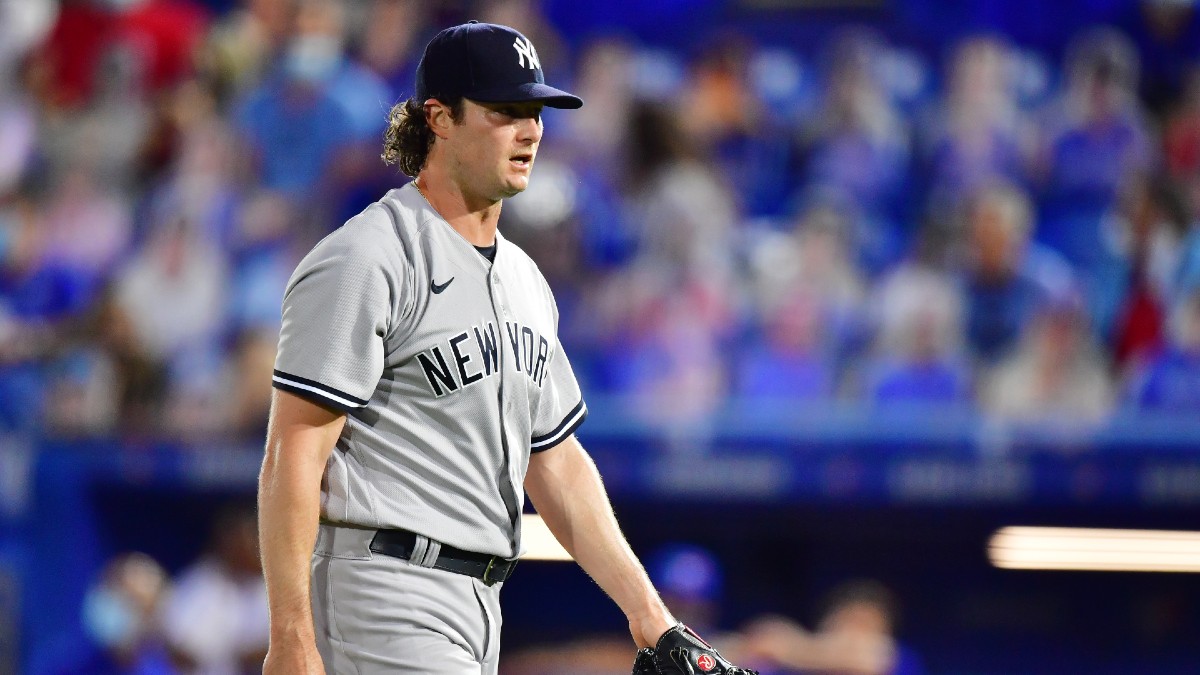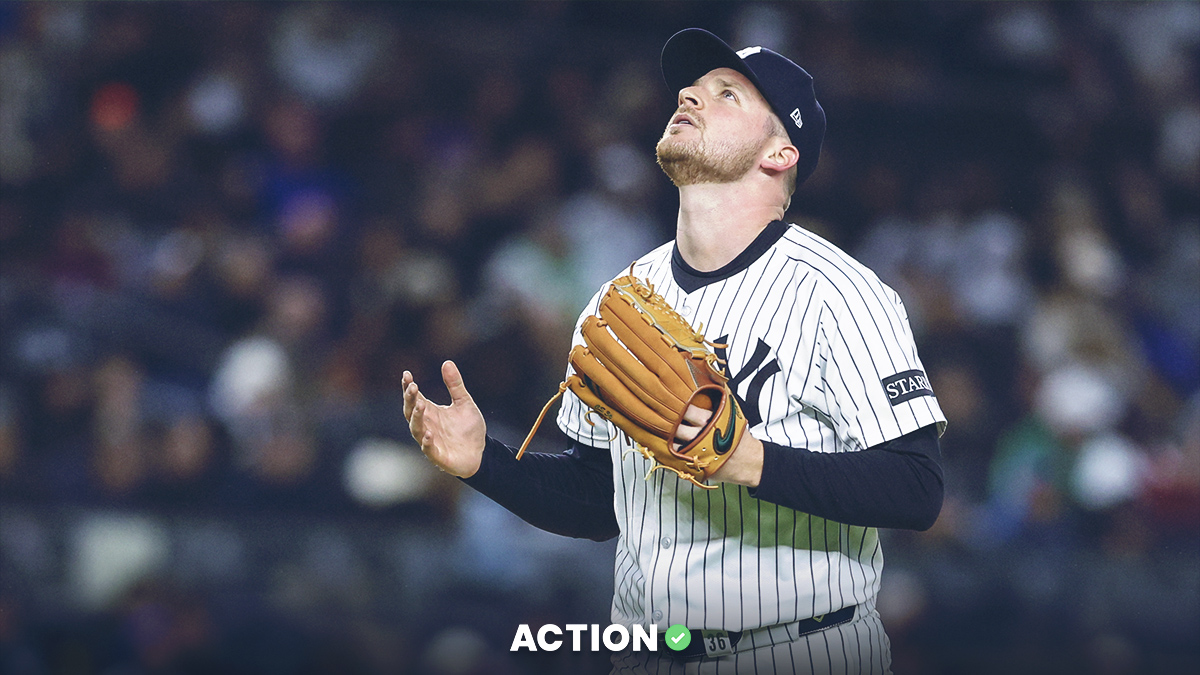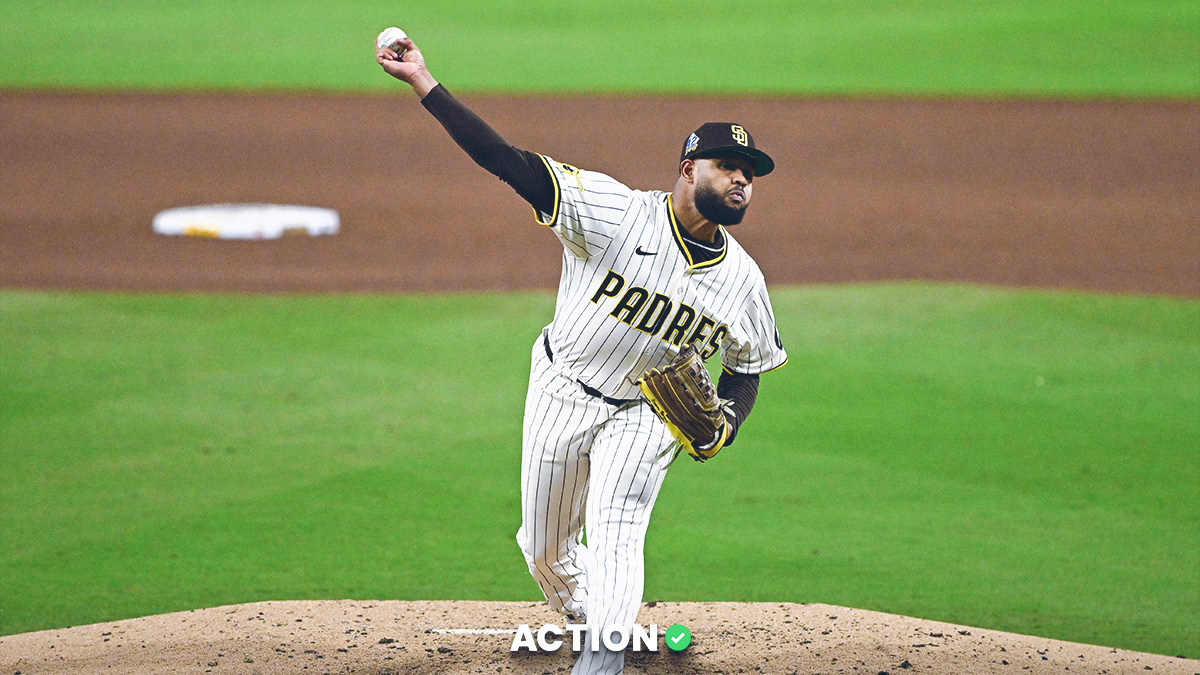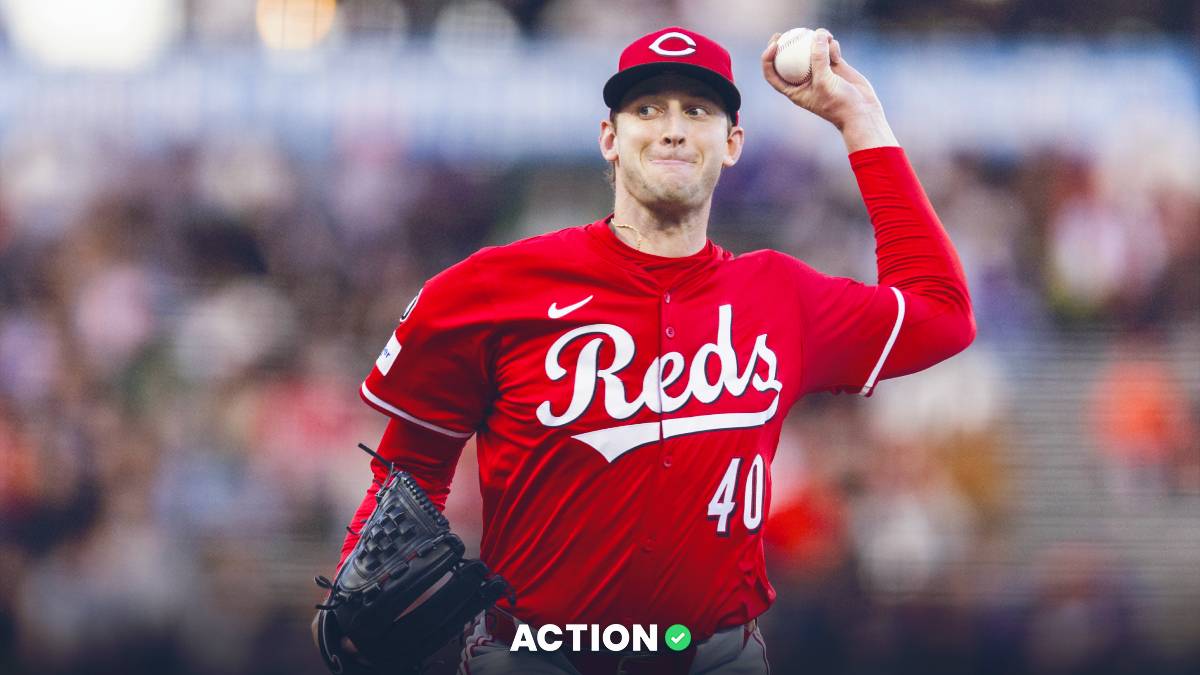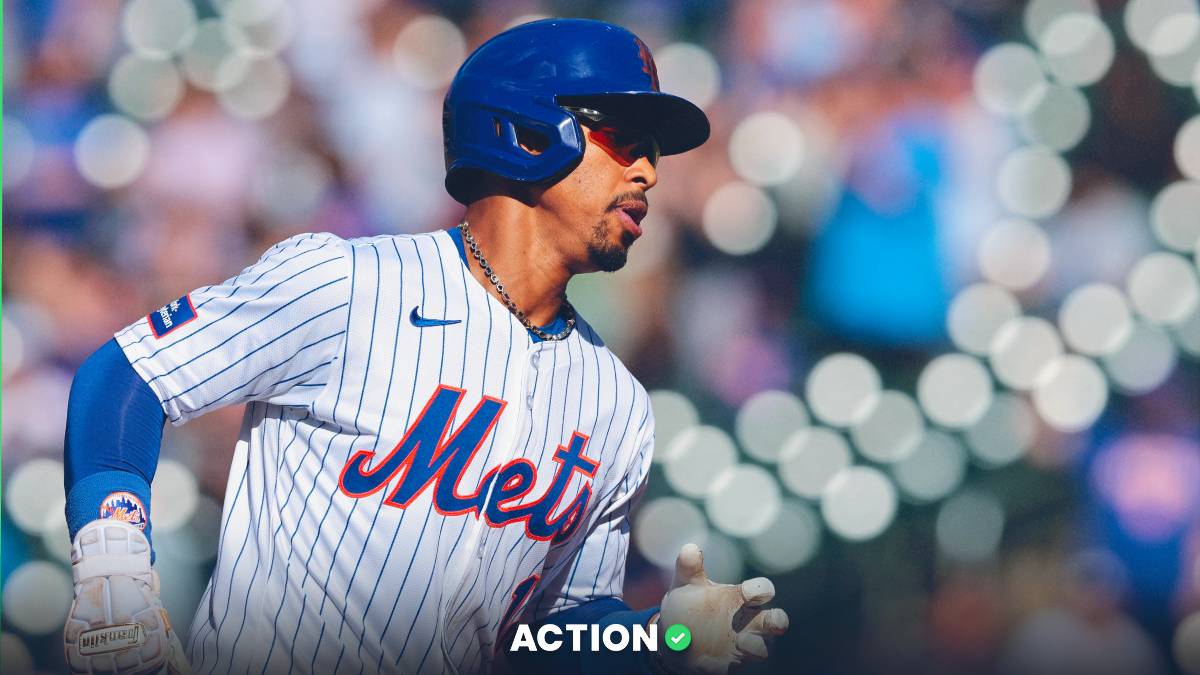Each week during the MLB season, the Action Network’s Anthony Dabbundo will compile a weekly notebook of observations, analytical findings and actionable information to help bettors find an edge in betting the daily grind of a 162-game season.
The story of MLB's season thus far begins and ends with the lack of offense. There are multiple theories as to why that probably all contribute to the incredible run of full game unders to begin the season.
If you bet $100 on every closing line under this season in the league, you'd be +16% ROI and up $3,800 in three weeks of baseball, according to our BetLabs system.
This trend doesn't quite hold up for the entire game, though. Runs aren't really down in the first five innings because if you blindly bet the first five unders, you would actually be down money this season. You'd have a -3.8% ROI betting the first half unders each game this season. Scoring has just totally died after the fifth inning as teams have struggled to hit bullpens of any kind.
There have been 237 games played in this young MLB season and the run distributions have skewed more heavily toward the early innings than ever.
Average runs per inning in MLB this season:
- 1st: 1.08
- 2nd: 1.01
- 3rd: 0.87
- 4th: 0.89
- 5th: 0.89
- 6th: 0.82
- 7th: 0.92
- 8th: 0.92
- 9th: 0.60
There's a lot of confounding variables that all point in the same direction — against the run scoring environment — but it's hard to quantify exactly how much each one is impacting the game. When you also consider the big unknown about the design and flight of the baseballs this season — that MLB seems to change every year without warning — it's hard to say anything definitively.
What we do know is that pitcher velocity in April is as high as it has ever been. The average four-seam fastball velocity thus far in 2022 is 93.7 mph, which is tied with last season for the highest in MLB history. Usually, pitch speed doesn't peak until the summer, so the fact the record is already tied in the colder April months is stunning.
One reason for that is the expanded rosters. Teams have 28 players on their rosters to start the season and with the expanded DH, that means teams went shorter on their benches and deeper in the bullpens. The extra pitchers mean that fewer and fewer starters are going through the order a third time, unless it's one of the best pitchers in the league.
The advantage typically goes to the batter in innings 4-6 as the starter wears down, but since teams are going to the bullpen, a fresh flamethrower is coming in and shutting down scoring.
Many have pointed to the deadened ball that MLB was supposed to introduce last season but has committed to fully bringing in for the 2022 season. We don't have enough batted balls to make any definitive conclusions, but the home run rate is down from last season and very down from the juiced ball season of 2019. Others have pointed to humidors being installed in all ballparks this season as a source of the decline in scoring.
It also could be the shortened spring training hurting the hitters' chances of really getting their timing down because of limited reps in March. With all of these factors, the market has clearly taken a few weeks to adjust to the dip in scoring, but totals over the last few days suggest that the run environment has been lowered considerably by bookmakers.
There were 141 games played between opening day on April 7 and April 17. The average closing total of these games was 8.79 runs. Books started to bring totals down by the end of that period, and from April 21-24, the average total was just 8.01 runs. Even despite the clear drop, unders finished 12-2 on Friday night.
The potential causes of the scoring decrease are endless: The expanded rosters and bullpens, the uptick in pitching velocity, the shortened spring training affecting hitters' timing, the humidors and new baseballs lowering the home run rate as balls die at the track.
All of these confounding variables make it hard to predict, but for me, the most fascinating statistic is the full game vs. first five innings difference. Run scoring has completely died after the starters have left games this year and I don't know how long it's going to be until that changes with relievers throwing this hard in April in cold weather. Home run rates will eventually increase with the summer months, but velocity could too.
Takeaway: I'm going to keep looking for live unders in games that start with a lot of offense once the starters are removed.
Pitching Report
Another week of pitching data provides more potential risers and fallers to look out for. Last week, I wrote about the troubling starts out of the Phillies starters, but Aaron Nola delivered seven scoreless on Sunday night at home against Milwaukee and Zack Wheeler saw a significant increase in his velocity on Friday night, back close to where his 2021 numbers were in the first four innings.
I'm now more of a believer that Wheeler's velocity dip in the first two starts really was just his own shortened spring training and that there are no long-term concerns as this season progresses for bettors to necessarily take advantage.
One impressive start came from Texas right-hander Glenn Otto. In a time when the Rangers top pitcher, Jon Gray, went on the injured list and their promising lefty Taylor Hearn couldn't find the strike zone and gave up five runs in the first inning to Seattle on Thursday, Otto has emerged as an impressive middle of the rotation arm. His fastball velocity isn't anything special at 92.5 mph on average, but the spin rate and movement on his pitches has continued to improve and he actually missed a lot of bats on Friday night against Oakland.
Otto threw just five innings on Friday night but struck out five, managed a 38% whiff rate on his fastball despite the lower velocity and a whopping 75% whiff rate on the slider. Eight swings, six misses for Oakland hitters against that pitch and even getting that many whiffs with his below-average fastball velocity suggests that he's doing something to hide the ball or has more late life on the pitch that isn't quite picked up on by hitters.
Merrill Kelly saw a decrease in his fastball velocity back down toward 2021 levels in each of his last two starts, despite the fact that no one in baseball has hit him this season. He's now shut down the Padres, Astros and Nationals with 15 1/3 innings and one earned run allowed. Kelly has a really tough test on Monday night at home against the Dodgers, but I'm looking to bet on him yet again there against an overvalued Walker Buehler.
Merrill Kelly has progressively lost his added velocity over three starts, although he was still effective yesterday against the Nats. pic.twitter.com/kEJMJwnqbW
— Jon Anderson (@JonPgh) April 21, 2022
Slow Starts For AL Favorites
Both the Houston Astros and Chicago White Sox won their division relatively comfortably in 2021 and were expected to make deep runs toward the World Series. Houston knocked out Chicago in four games in the ALDS, before eventually losing in the World Series. Both have started the 2022 season under .500 at this point, raising questions about both.
For Chicago, it’s mostly been about injuries, as they resorted to starting Vince Velasquez, Dallas Keuchel and Jimmy Lambert three out of every five days to begin the season with Lucas Giolito and Lance Lynn both hurt. Giolito returned on Sunday but it’s not clear when Lynn is going to pitch again.
The White Sox have had other issues, especially in the field where Tim Anderson has six errors in 12 games at shortstop. He had just 10 in all of 2021. The White Sox have lost seven straight, culminating in Tony La Russa’s bad managerial decision to not walk Twins star Byron Buxton on Sunday before Buxton hit a 469 foot, three-run walk-off homer.
They’ve had issues in the field, the lineup isn’t hitting to its potential (mostly bad BABIP luck) and the starting rotation doesn’t look anywhere close to a team that was projected to win 91 games before the season.
Takeaway: There's still value on a Twins AL Central future.
I’m less concerned about Houston’s situation because its pitching staff has been mostly fine in this young season. Luis Garcia, Framber Valdez and Justin Verlander have all already shown flashes of brilliance and Verlander has even exceeded expectations in his return. His 3.16 xERA and 29% K rate all points toward a return to being a top level pitcher.
Once Lance McCullers returns in June, the only remaining question for Houston comes at the back-end of the bullpen. Ryan Pressly has seen a velocity dip, Hector Neris might be on his way to becoming the closer but he’s been inconsistent in the closer role before.
I’m still not a believer in the Mariners to win that division and I’ll be continuing to wait until the right moment to buy low on Houston — likely when McCullers returns.. The lineup has been up-and-down to begin the year like every lineup because no one is hitting league-wide, but Jeremy Peña looks like a star in the making as the replacement for Carlos Correa. The Astros 7-8 start feels more like a blip than the White Sox.


